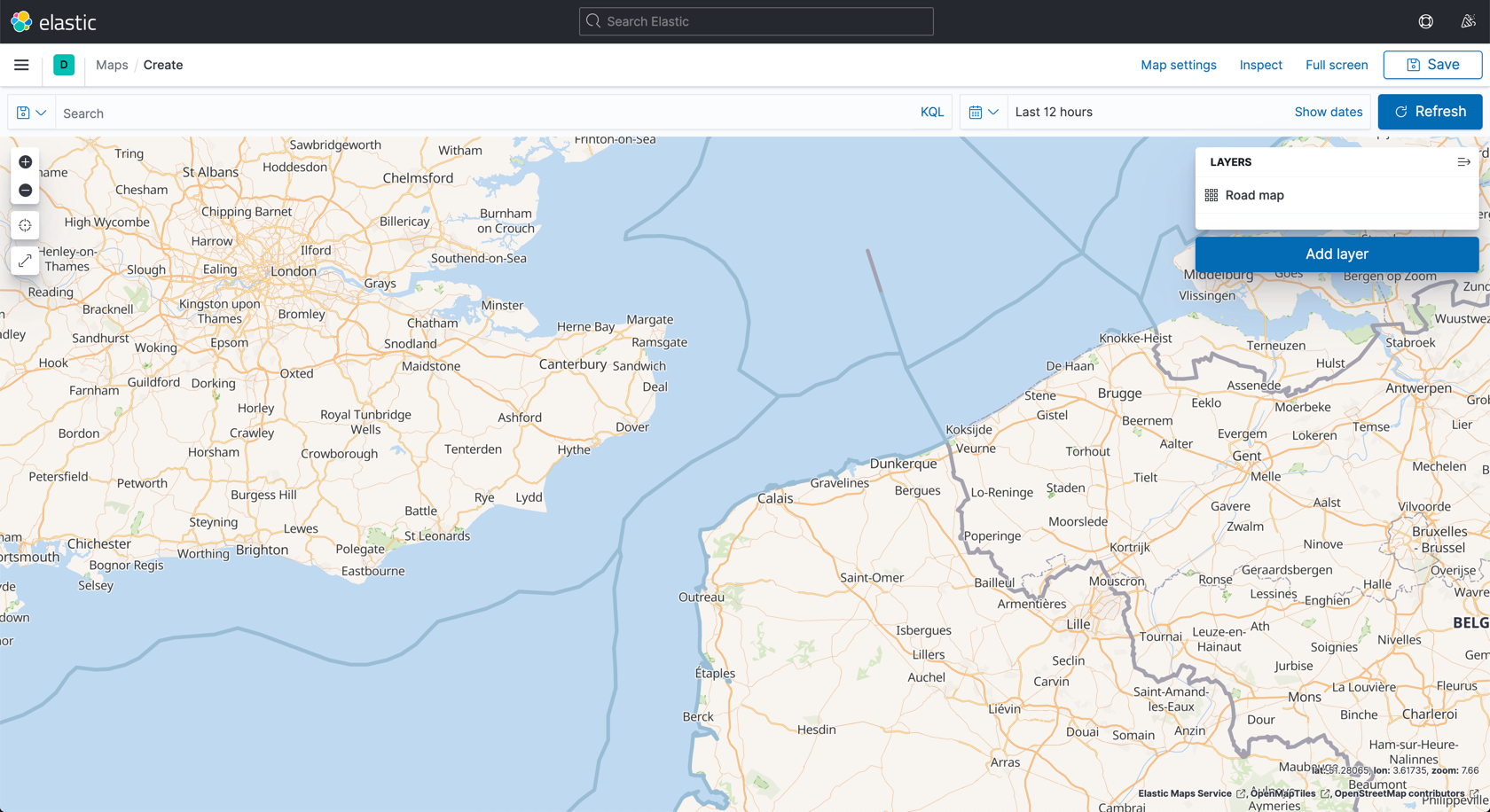A bash script to deploy ksqlDB queries automagically
There’s a bunch of improvements in the works for how ksqlDB handles code deployments and migrations. For now though, for deploying queries there’s the option of using headless mode (which is limited to one query file and disables subsequent interactive work on the server from a CLI), manually running commands (yuck), or using the REST endpoint to deploy queries automagically. Here’s an example of doing that.
